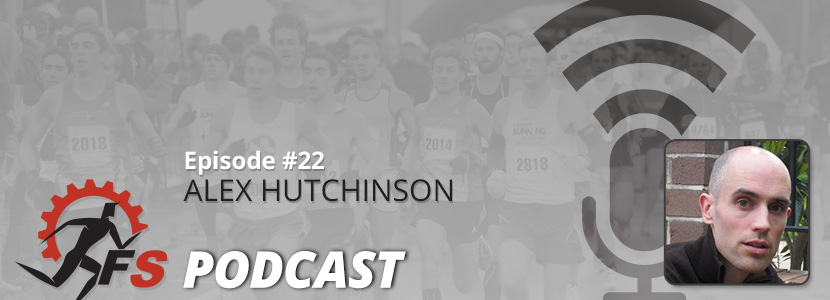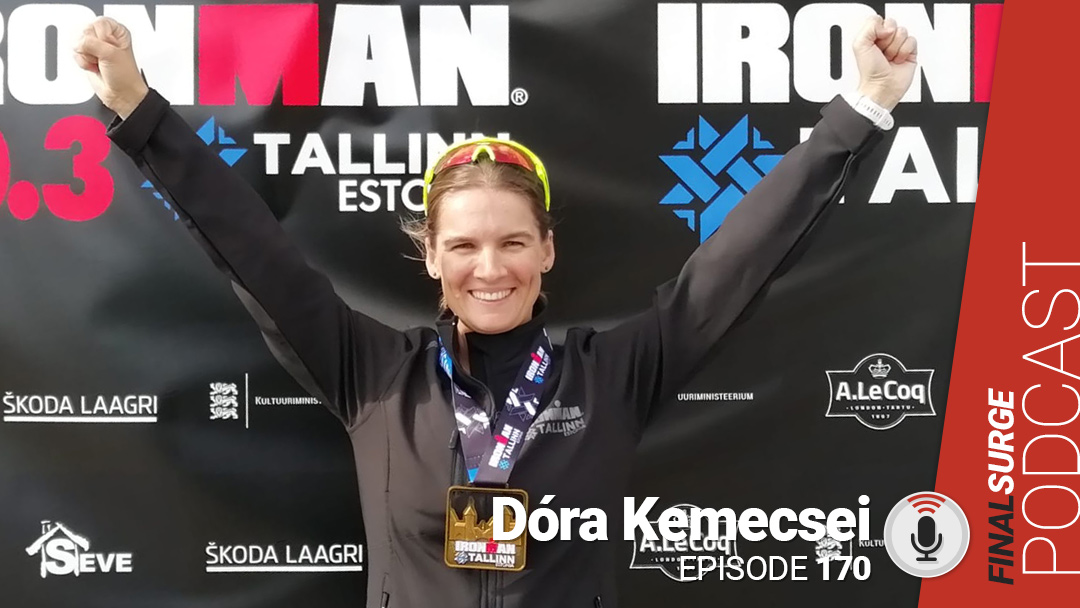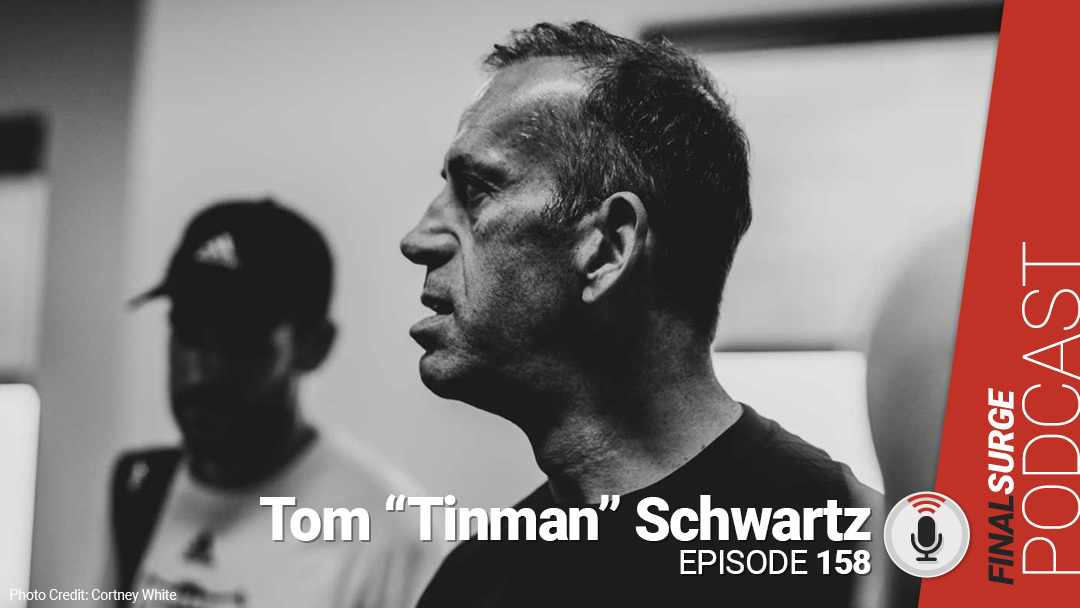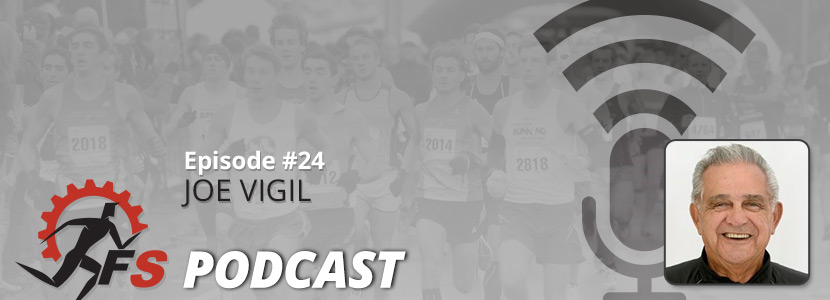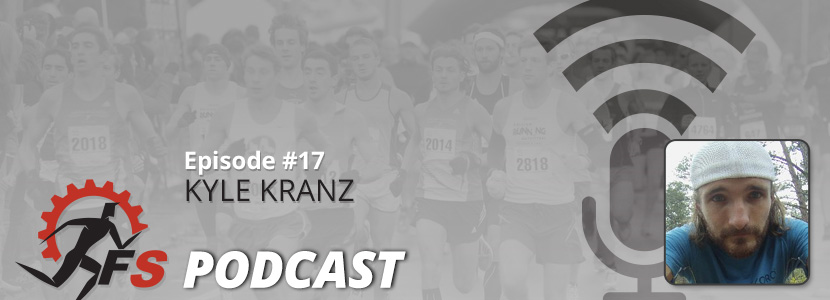Welcome to Episode 22 of the Final Surge podcast where today we talk to Alex Hutchinson, the Sweat Science writer for RunnerÍs World and a go-to resource for the latest in exercise science. We will talk about everything from hydration, training methods, running cadence and beet farms. We hope you enjoy this episode and please take a minute when you are done and rate us on iTunes.
Listen to the podcast on iTunes or listen to it on Stitcher if you have an Android device.
Stream it right here:
Let”s start out by talking about you. How did you get your start in running and how did it lead you to where you are today?
You did a couple of columns this year on running cadence. We have all heard you want to be at 180 steps per minute, but as you pointed out steps per minute changes with speed. So for a mid-pack runner who is not elite, is cadence something they should even look at?
Is there any research showing that if you do intentionally change your running form it could lead to other injuries, or is there a recommended way to work on changing your running form?
Along with cadence is foot placement. Many say to land under your body, but I think that video has shown that “under your body” really is closer to about a foot out in front for professionals. What is the scientific evidence on where your foot should land and how it should land?
Is there anything that can or should be done to change this for age group runners who are not elite runners to help reduce injuries, or does actually changing it cause more injuries that not?
What does the latest research show with training? How much research have you read about effective ways to train such as the 80/20 rule or training the extremes more often?
Most coaches have seen an 800m-1600m runner or even a 5k college runner hit a plateau for a while in their career. How much research have you seen about hitting plateaus and what type of activities endurance athletes need to do to break through?
One of your studies you highlighted a while back I read was interesting about strength training. I believe it showed that running economy was definitely enhanced by strength training if it was done consistently. Can you talk about what types of strength training exercises may have the best results for endurance athletes?
You have written a book called Which Comes First, Cardio or Weights?. Can you tell us why you wrote the book and what endurance athletes can get out of it?
With hydration, is there any real science on how much someone should drink during the day, not talking about during a marathon or race, but during the course of a normal day with training?
You mentioned beets in your last answer. You talk about beets and beet juice a lot. Are you an investor in a beet farm? What are the real benefits of beets?
Another topic you have addressed is the 2 hour marathon. We have not seen a lot of progress in the last two years here. On the womenÍs side the world record is 2:15:25 by Paula Radcliffe, but we have only seen 3 women go under 2:21 in 2016, and none break 2:19:40. So what is more likely to happen first – a man breaking 2 hours or a women breaking 2:15?
If you could give one piece of advice to college or high school coaches of distance runners, one thing they may really want to change or look at differently than they may currently be doing, what would it be?
Rapid Fire… 5 questions in under 1 minute
Favorite running book? – Once a Runner
Current trainers you are wearing? – New Balance 1400
Favorite race? – Bum Run 5k
Favorite recovery meal or recovery drink? – Pasta
Your favorite piece of running equipment that is not your shoes? – Watch, non-gps
You can find Alex online in the following places:
Book: Which Comes First, Cardio or Weights?
Team Final Surge


